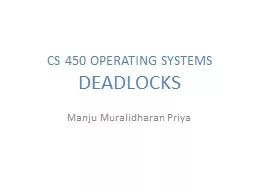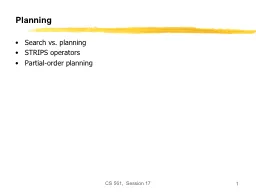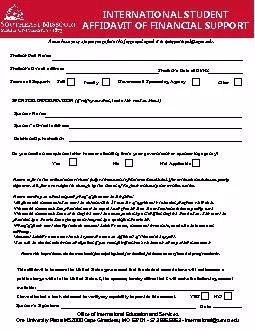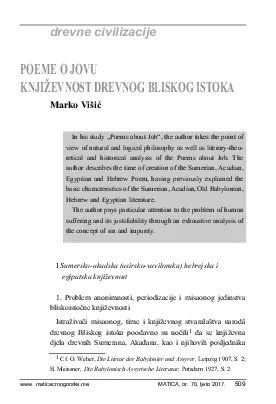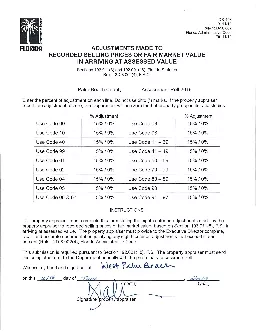PDF-See People v Manini 79 NY2d 561 573 19921
Author : jade | Published Date : 2021-10-03
Peoplev Tirado 38 NY2d 955 19762PHYSICAL AND CONSTRUCTIVE POSSESSIONPOSSESS means to have physical possession or otherwiseto exercise dominion or control over tangible
Presentation Embed Code
Download Presentation
Download Presentation The PPT/PDF document "See People v Manini 79 NY2d 561 573 1992..." is the property of its rightful owner. Permission is granted to download and print the materials on this website for personal, non-commercial use only, and to display it on your personal computer provided you do not modify the materials and that you retain all copyright notices contained in the materials. By downloading content from our website, you accept the terms of this agreement.
See People v Manini 79 NY2d 561 573 19921: Transcript
Download Rules Of Document
"See People v Manini 79 NY2d 561 573 19921"The content belongs to its owner. You may download and print it for personal use, without modification, and keep all copyright notices. By downloading, you agree to these terms.
Related Documents


